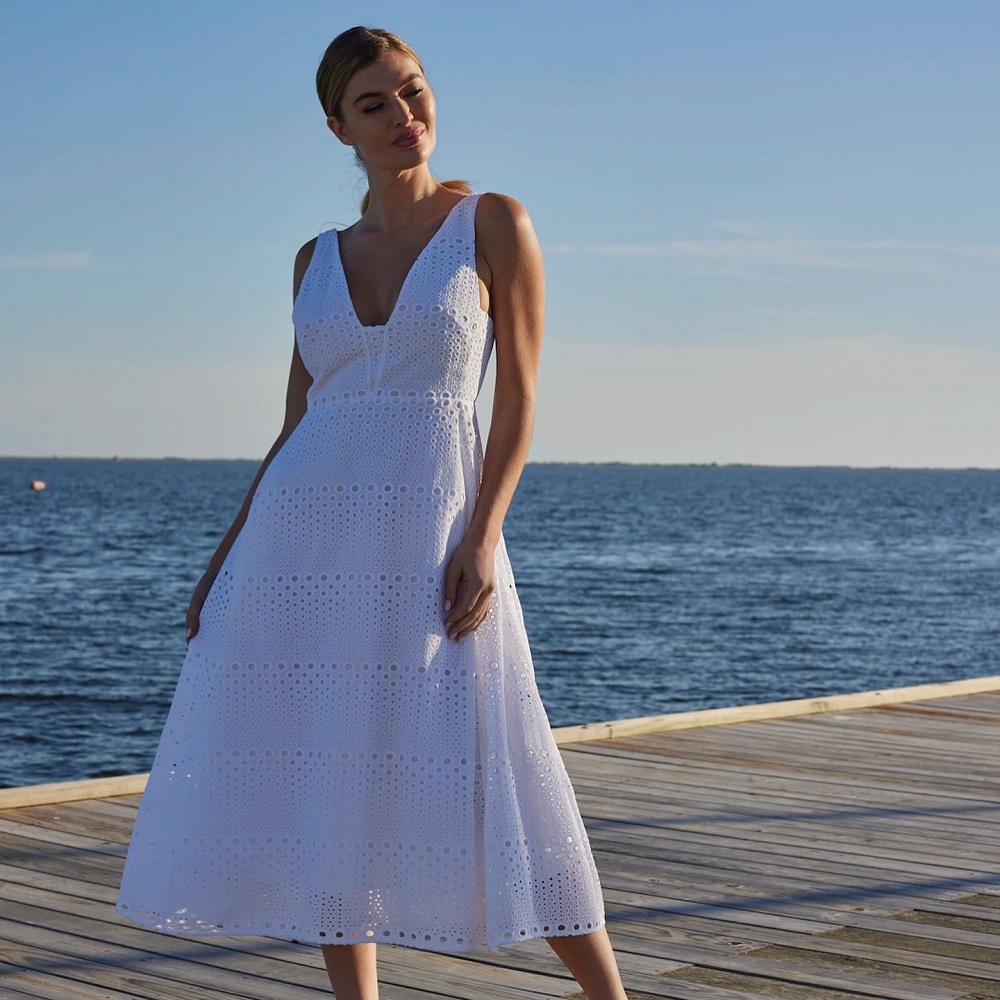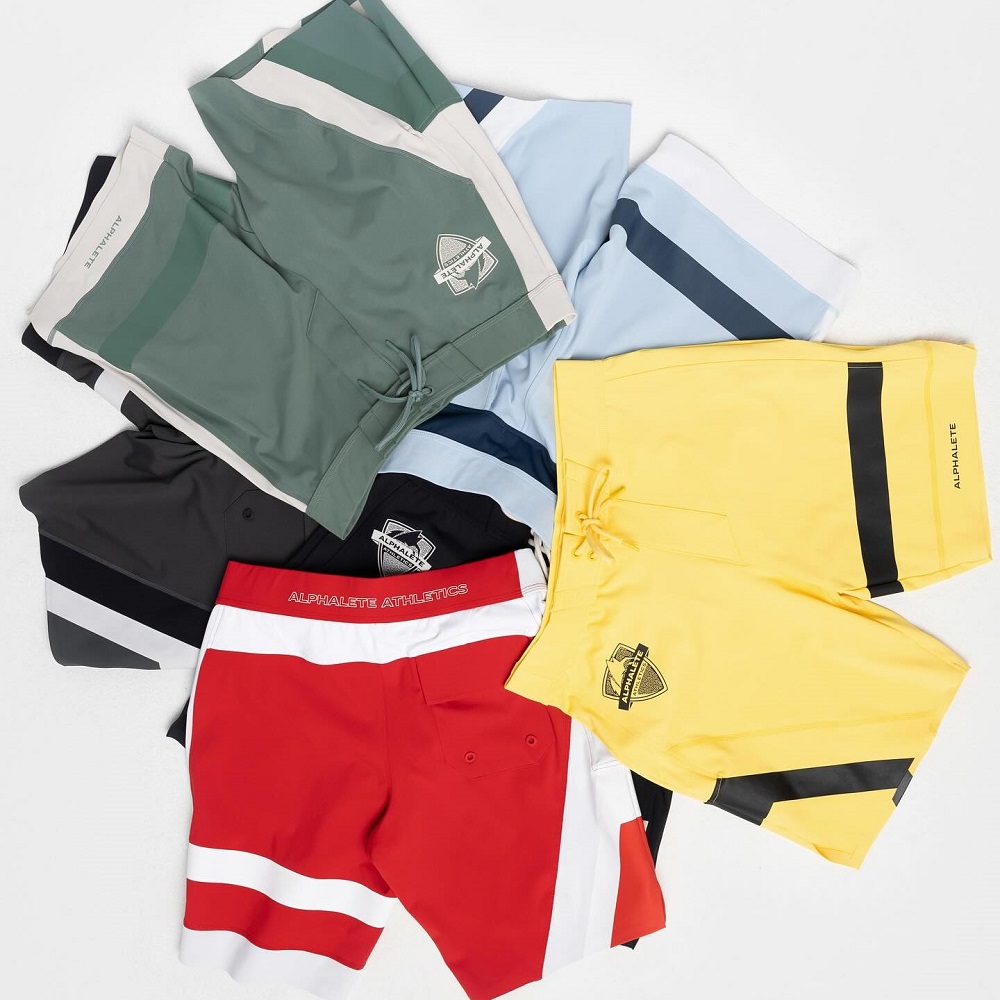When Were Socks Invented? A History of Socks
Table of Contents
Socks are a staple in any person’s wardrobe. Try to imagine your life without a pair of socks… Hard, right? So isn’t it a little strange that most of us know absolutely nothing about them? We know that socks keep our feet warm; we know socks come in different styles and lengths to match every shoe/pant combination.
But when were socks invented? What are they made of? And, most importantly, why are they called socks and not something different, like feet gloves? If you’re curious about the mysterious history of socks, keep reading.
Who Invented Socks
Socks have a bit of a complex history. Their purpose, design and production varied depending on the era they belonged to. Although first derived in Ancient Greece, socks have spanned the test of time, being used in many different centuries. The question of who invented socks is a complex one, but we’ve done our best to provide a timeline based that revolves around extensive research.
When Were Socks Invented
To no one’s surprise, the first pair of socks created during the ancient civilizations were nothing like the socks we are familiar with today. The fabrics, fit, and even the skin they covered varied drastically from the soft cotton socks we know and love. So, when were socks invented? Their beginning lies in Greece (also the origin of democracy and philosophy—they were some pretty smart people, those Ancient Greeks).
Ancient Greece
Socks first came into existence in the 8th century BC. According to Internet Archive, they were made out of matted animal hair and actually called piloi. Making socks from animals was a common theme back then. The Romans wrapped their feet in animal skins and tied it around their ankles.
Ancient Rome
It wasn’t until the 2nd century (AD) that the way socks were created began to shift. Animal skin was traded in for knitted fabrics, creating a sock more similar to the ones we wear today. The Romans were the first to sew fabrics together to make socks, called udones. These socks were both softer and more fitted, a big step-up from their successors.
Europe
By the 5th century (AD), socks had made their way up to Europe. However, they were only being worn by people who were holy, meaning widely associated with the Church. These socks were called puttees and were considered a symbol of purity. These ‘puttees’ were made from cloth and wrapped around the ankle to the knee, similar to a bandage.
Why Were Socks Invented?
Not so shockingly, socks were first invented with the simple intention to keep people’s feet warm. As the way socks were created and the fabrics involved began to change, so did the purpose socks served. Socks evolved from being a garment to protect feet into a symbol of wealth, worn only by nobility. Why were socks invented? Here are some of the many reasons:
Health
Socks were first invented with people’s health in mind. Their feet needed some sort of coverage to ensure people remained comfortable and safe in any season, in response to historical mortality rates. The following are the two key reasons:
- Protection
- Warmth
Peasants were constantly working outside and needed to protect their feet from the elements, like snow and rain. Since indoor heating was yet to be invented yet, socks had to keep people’s feet warm while they were inside, too. And in the winter, socks were crucial to protecting feet from frostbite. In fact, without modern medicine, frostbite could actually lead to death back then. Hence why stitching holes in socks was so important!
Fashion Statement
During the Middle Ages, socks were ditched for their practicality and instead worn as an accessory. Brightly coloured socks were the newest craze, which we at Soxy approve of. Instead of socks ending at the ankle, they got higher and higher as pants got shorter—socks went as high as covering the person’s knee back then.
Status Symbol
As the demand for socks began to rise, so did their prices. Socks became so expensive that they were mostly worn amongst noble families who were able to afford them. An individual spotted wearing a pair of socks was immediately associated with the upper class.
The fabrics used to create socks were also a symbol of the person’s wealth. While silk socks equaled wealth, socks made of wool were associated with poverty. Wool socks were worn mostly by peasants, as they were cheap to buy and kept their feet warm. Silk socks were more expensive and worn exclusively by nobles and other families with extra money to spare.
What Are Socks Made Of?
Going off what we just learned, socks were made of various materials as they evolved throughout the past centuries. It’s no surprise socks were first made from animal materials, since animals were heavily relied upon for food and clothing way back when.
After 5th century Europe, the next major change in the sock was tied to the knitting machine, invented in 1589. Socks could be made way faster than weaving them by hand, almost six times more quickly. Socks were made from these three most common fabrics:
- Silk
- Cotton
- Wool
After the knitting machine, things stayed pretty static for a few more centuries. In 1938, things got really crazy when nylon was invented. Nylon and synthetic fabrics became the frontrunner in sock creation. They were stretchy, easy to make, and socks could now be made up of a blend of fabrics instead of just one.
Here are some other fabrics that socks can be made from and some of the benefits and downfalls of each:
| Fabric | Pro | Cons |
| Acrylic | Acrylic socks are breathable and do not absorb moisture. | Not very comfortable and not eco-friendly. |
| Polyester | Polyester socks are durable, strong and will keep your feet dry. | Polyester does not break down, making it bad for the planet. It is also not breathable. |
| Spandex | Spandex socks are comfortable, very stretchy and breathable. | Will not keep your feet warm. Less comfortable when your feet are hot. |
| Silk | Silk socks warm your feet and do not absorb moisture. | Slightly more expensive than other fabrics and not as durable. |
| Bamboo | Bamboo is soft, comfortable, breathable, naturally anti-bacterial and eco-friendly. | None. |
| Cashmere | Cashmere socks are soft, comfortable and guaranteed to keep your feet warm. | Cashmere is a very expensive fabric. |
Why Are Socks Called Socks?
Socks were originally called stockings until the 17th century, when the term sock was derived from the Old English word socc, which meant “light slipper.” Both of these terms derived from the Latin root word soccus, which was used to describe a low-heeled shoe the actors used to wear in Ancient Rome.
Why Wear Socks?
The best thing about socks is the many purposes they serve. Socks do way more than keep our feet warm or let us easily slide across the floor. In fact, there are many different types of socks, and every single one of them serves its own purpose. Why do we wear socks? Here are some of the key reasons.
Practicality
We love socks for how darn practical they are. Wool socks keep our feet warm in the winter. Cotton socks keep our feet cool and breathable in summer. We wear socks around our house because they keep our feet clean. And when your dog or roommate makes a spill? Socks keep our feet dry. The wonderful part of socks is that they are there for us, 24/7. They always have our back.
Health
The benefit that socks can have on our health is probably their most underrated purpose. Here, we’re talking strictly about compression socks. The application of pressure on your surface veins and muscles leads to increased blood flow. These socks are suitable for the following people:
- People struggling with low blood pressure
- People with diabetes
- Athletes
- People with desk jobs (spending a large portion of the day sitting)
- Frequent travelers
Do you fit into any of these categories? If so, check out our compression socks to find a pair for you.
Sports
Athletic socks are specially tailored for those living an active lifestyle. These socks are designed with sports-related features in mind to make sure your feet are well protected while you’re active. Some key features may be:
- A cushioned footbed gives extra comfort and absorbs ground-shock for runners.
- Moisture-management and breathable fabric ensures your feet stay cool and odor-free at all times.
- Higher socks that hit mid-calf are perfect to prevent chafing for hikers wearing taller boots.
Self-Expression
Socks come in hundreds of colours and designs that are perfect for anyone’s unique style. Whether you’re rocking stripes or polka-dots, as soon as your pant leg rides up the slightest, your fun socks are there to show a little bit if your personality with any onlooker. Whether you’re aiming for a more casual or quirky sock, there are pairs out there to express whatever it is you want to communicate through fashion.
Shoes
Socks can be worn alone but chances are you’re wearing your socks under a pair of shoes. Socks are the perfect barrier between your shoe and your foot. Why? Here are some of the most important reasons.
- Socks prevent blisters.
- Socks keep our feet clean and minimize moisture
- Socks help our feet stay odor-free no matter what shoe they are being worn with.
Before reading this article, your sock knowledge probably began and ended with the words cotton or crew. Now, your sock knowledge surpasses that of the typical person. Still, perhaps it’s best to be wary before breaking out some sock facts at the next party you go to or on a date…
If you’re looking for killer socks to fit your style and that are sure to be a conversation starter, check out our crazy socks. We definitely have a pair to help express your individual style. There’s no time like the present to up your sock game.








